Harlequin
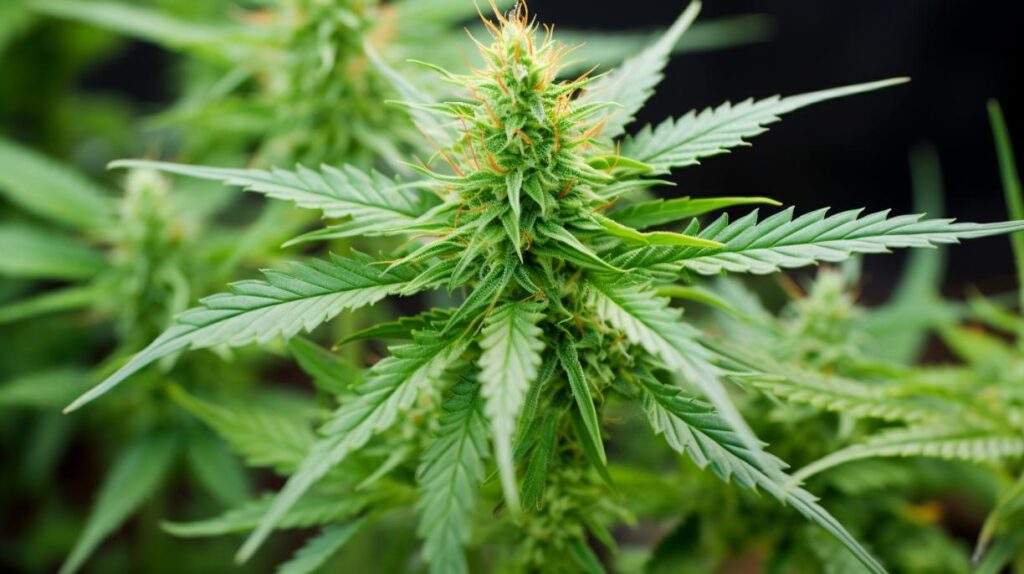
In recent years, the Harlequin strain has emerged as a noteworthy subject within the cannabis industry and medicinal circles due to its unique cannabinoid profile and potential therapeutic benefits.
As a sativa-dominant hybrid with a lineage tracing back to multiple landrace strains, Harlequin presents a compelling case for the complexity of breeding practices aimed at achieving specific chemical compositions.
Notably, its high cannabidiol (CBD) to tetrahydrocannabinol (THC) ratio distinguishes it from the prototypical high-THC selections that dominate the market, marking it as an exceptional choice for those seeking relief without the intense psychoactive effects typically associated with cannabis use.
While it is frequently praised for its ability to confer relaxation and mental clarity, the full scope of Harlequin’s effects and potential applications remains a topic of discussion, raising questions about its role in the future of cannabis-based therapies.
The exploration of Harlequin’s genetic makeup, its implications for patients and recreational users alike, and the broader impact of its characteristics on the evolving landscape of cannabis cultivation and consumption invite further examination and discourse.
Genetic Lineage
Tracing its heritage to a diverse tapestry of landrace strains, the Harlequin strain emerges as a sativa-dominant hybrid, meticulously bred from Nepali Indica, Thai and Swiss strains, alongside a Colombian Gold male to achieve its balanced CBD to THCA ratio. This particular lineage reflects a strategic amalgamation of genetics aimed at enhancing therapeutic potential without compromising on mental clarity.
As a descendant of Colombian Gold, Harlequin inherits a robust genetic framework that contributes to its resilience and potency. The Thai and Swiss varietals infuse Harlequin with their renowned energizing and uplifting qualities, rounding out its profile as a strain that offers focus and relaxation in equal measure.
The interlacing of these international landraces has culminated in a strain with a unique cannabinoid composition. The equal ratios of CBD and THCA in Harlequin are a testament to the careful selection and breeding practices that have gone into its development. This equilibrium of cannabinoids makes Harlequin a prime candidate for those seeking relief from various ailments, including pain, anxiety, and stress, without the intense psychoactive experiences associated with high THC strains.
Consequently, Harlequin stands out as a prime example of how thoughtful breeding can result in strains tailored for specific therapeutic outcomes.
THC/CBD Content
Harlequin’s balanced cannabinoid profile features a 1:1 ratio of CBD to THCA, with a CBD content that matches its relatively low THC level of approximately 8%. This sativa-dominant, high CBD strain has carved a niche for itself among consumers who prefer milder psychoactive effects coupled with significant therapeutic benefits. Unlike strains with high THC concentrations that can induce intense euphoria and disorientation, Harlequin offers a more grounded experience, highlighting CBD’s non-intoxicating properties.
The equal proportions of CBD and THCA in Harlequin make it a remarkably CBD-rich strain, with its capacity for pain relief and anxiety reduction well-documented among users. Approximately 47% of consumers report effective pain management, while 40% experience notable anxiety relief. This positions Harlequin as a strain of choice for those prioritizing medical over recreational outcomes.
When considering Harlequin, particularly in derivative products like CBD cartridges, the strain’s balanced THC to CBD ratio should be noted. This ratio underscores the strain’s appeal to a specific market segment seeking the entourage effect without overwhelming psychoactivity. Moreover, the potential for discounts on these products can further incentivize users to choose Harlequin for its unique and beneficial cannabinoid composition.
Terpene Profile
Delving into the aromatic qualities of the Harlequin strain, the terpene profile is characterized by a dominant presence of Myrcene, Pinene, and Limonene, which are primary contributors to both its distinctive flavor and its therapeutic efficacy. The interplay of these terpenes not only bestows the strain with a rich tapestry of scents, ranging from an earthy musk to sweet mango but also plays a pivotal role in the high levels of CBD found in Harlequin. This unique composition is why the strain provides clear-headed effects, making it a preferred choice for users seeking relief from pain and anxiety without substantial psychoactive impact.
Secondary terpenes like Bisabolol, Linalool, and Terpineol further enhance the strain’s complex profile. These components add subtle floral and citrus notes, rounding out the flavor spectrum that features flavors with therapeutic nuances. Analytically, the synergy between these terpenes and cannabinoids is believed to enhance the overall medicinal benefits through what is known as the entourage effect.
For optimal use, dilution of Harlequin terpenes is recommended; typically at 1-15% for oil-based products and 1% of total volume for sublingual applications. This careful calibration ensures that the essence of the strain is delivered effectively, preserving both its flavor profile and therapeutic potential.
Effects
Building on its unique terpene profile, the Harlequin strain manifests its effects in a way that sharpens focus, injects energy, and elevates mood, catering to those who require unclouded mental acuity for their daily tasks. The strain’s high CBD to THC ratio underscores its ability to relax without leading to sedation or intoxication, providing a functional clarity that is highly prized among medical patients and productivity seekers alike. Its energizing effects make it an excellent choice for daytime use, allowing users to stay attentive and motivated.
Despite the myriad of benefits, some users may encounter drawbacks such as anxiety, headaches, and dry eyes. These side effects underscore the importance of moderation and individual response to cannabis.
The table below captures the multifaceted effects of the Harlequin strain:
|
Positive Effects |
Potential Drawbacks |
|
Sharpens focus |
Anxiety |
|
Injects energy |
Headaches |
|
Elevates mood |
Dry eyes |
|
Pain relief |
– |
|
Stress & anxiety aid |
– |
Medical Uses
How does the Harlequin strain contribute to the realm of medicinal cannabis?
This sativa-dominant strain is particularly noted for its high CBD content, which is a cannabinoid renowned for its therapeutic effects without inducing the intense psychoactive experiences associated with THC. The Harlequin strain has carved out a significant niche in the medical marijuana community for its ability to treat a variety of symptoms while allowing patients to relax without sedation, maintaining a clear head.
The medical benefits of Harlequin are diverse, with patients and healthcare providers reporting efficacy in several areas:
- Pain Management: Its analgesic properties are valuable for individuals suffering from chronic pain.
- Anxiety and Depression: Harlequin’s mood-stabilizing effects can alleviate symptoms of anxiety and depression.
- Anti-Inflammatory: The strain offers anti-inflammatory benefits which are crucial for conditions like arthritis.
- Neurological Disorders: It may provide neuroprotective qualities, helping in the management of conditions like epilepsy.
- Nausea and Appetite: It is known to reduce nausea and stimulate appetite, aiding those undergoing treatments like chemotherapy.
Flavor and Aroma
While the therapeutic qualities of the Harlequin strain are well-documented, its sensory profile is equally noteworthy, characterized by a complex blend of spicy, herbal, and fruity notes that contribute to its popularity among connoisseurs and patients alike. This multifaceted strain presents a dynamic flavor and aroma spectrum that ranges from earthy musk to sweet, satisfying the palates of diverse users.
The primary aromas and flavors identified by users are encapsulated in the table below, providing a snapshot of Harlequin’s rich sensory experience:
|
Aroma |
Flavor |
|
Musky with tropical fruit |
Mango with earthy tones |
|
Spicy/herbal undertones |
Citrus fruits |
|
Woody essence |
Spicy/herbal notes |
This profile analysis suggests that Harlequin’s bouquet harmoniously balances the earthiness of musk with the freshness of tropical fruit, while the flavor seamlessly transitions from the succulence of mango to a refreshingly tangy citrus, rounded off with a hint of herbal spice. It’s a testament to the strain’s complexity and its capacity to offer a truly engaging and enjoyable experience that goes beyond its medicinal value, appealing to a broad range of preferences and contributing to its standing in the cannabis community.
Appearance
Upon visual inspection, the Harlequin strain distinguishes itself with its tightly packed, medium-sized buds that exhibit a medium green hue, interspersed with radiant orange to red pistils and a generous coating of sticky white trichomes. The strain’s appearance is a vital marker of its identity, providing both aesthetic appeal and an indication of its unique cannabinoid profile.
The Harlequin strain’s appearance is not just visually striking but also a testament to its balanced cannabinoid content. While the THC levels are modest, the high CBD presence is hinted at by the dense resinous quality of the buds. This visual cue suggests the strain’s potential therapeutic applications.
To further highlight the distinctive features of the Harlequin strain’s appearance, consider the following details:
- Medium green leaves that serve as a backdrop for more vivid colors.
- Pistils that range from a warm orange to a deep, eye-catching red.
- A crystalline layer of trichomes that hints at the strain’s potency and quality.
- Buds that are both aesthetically pleasing and indicative of the strain’s careful cultivation.
- The musky and tropical aroma complements the strain’s visual characteristics, enhancing the overall sensory experience.
The interplay of color, texture, and aroma in the Harlequin strain’s appearance enriches the appeal, making it a memorable choice for both connoisseurs and medical patients alike.
Grow Information
Reflecting the Harlequin strain’s captivating appearance, its cultivation process is equally distinctive, with the plants reaching a notable height and offering large yields after a flowering period of 8-9 weeks. Growers eagerly anticipate the mid-October harvest in the Northern Hemisphere, or mid-April in the Southern Hemisphere, when the fruits of their labor are ready to be collected. The availability of feminized seeds from Elev8 Seeds ensures that cultivators can access high-quality genetics, which translates to a more streamlined cultivation experience with a guaranteed female crop.
The Harlequin strain is a sativa-dominant hybrid. It boasts a lineage that includes a mix of landrace strains—Nepali Indica, Thai, Swiss, and a Colombian Gold male—carefully assembled by Mr. Green of the House of David Collective. This genetic mosaic is not only responsible for Harlequin’s therapeutic balance of CBD and THCA but also contributes to its reputation as a foundation for hash and concentrate production. Notably, Harlequin’s THC potency is subdued compared to average strains, catering to those desiring a gentler psychoactive effect.
The grow information at hand illustrates a strain that is as rewarding to cultivate as it is to consume, embodying a harmonious blend of horticultural challenge and therapeutic potential.
Adverse Effects
Despite its therapeutic benefits, the Harlequin strain may lead to adverse effects such as anxiety, headaches, and dry eyes in some users. While Harlequin is renowned for its high levels of CBD, which may mitigate some of the psychoactive effects of THC, it is not without potential drawbacks.
Individual responses to cannabis can vary significantly, and even a strain known for its stability and consistency can produce unwanted reactions in certain individuals.
Understanding the possible adverse effects is crucial for users considering Harlequin:
- Anxiety: Despite its typically calming nature, some individuals may still experience heightened anxiousness.
- Headaches: A small percentage of users report headaches, which could stem from various factors including dosage and individual sensitivity.
- Dry Eyes: This is a common side effect associated with cannabis use, including Harlequin.
- Individual Sensitivity: Users with lower tolerance or sensitivity to THC might be more prone to experience these adverse effects.
- Hydration and Dosage: Maintaining hydration and monitoring dosage can help mitigate some unwanted effects.
Informed and analytical consideration of these potential issues enhances user engagement by equipping them with knowledge for a more controlled and enjoyable experience with the Harlequin strain.
Comparisons with Similar Strains
Several strains share the high-CBD, low-THC profile of Harlequin, each offering nuanced therapeutic effects that cater to diverse medical needs and personal preferences.
ACDC, for instance, is akin to Harlequin in its heritage, with genetic roots in Swiss landrace strains, and is renowned for its potent relaxing and mood-uplifting qualities. It is a go-to for patients seeking relief without the heavy psychoactive impact.
Cannatonic, another strain that mirrors Harlequin’s CBD potency, is derived from a blend that includes the tranquil Nepali indica, contributing to its reputation for mitigating pain and anxiety. This makes it a favorable alternative for those requiring similar therapeutic outcomes with a slightly different genetic makeup.
Charlotte’s Web stands out among high-CBD strains, much like Harlequin, for its consistent application in easing stress and promoting calmness, particularly in pediatric cases of epilepsy and other neurological conditions. Its low-THC content ensures a non-intoxicating effect, which is a critical factor for many users.
Sour Tsunami and Ringo’s Gift are also comparable to Harlequin. Sour Tsunami offers a balanced CBD to THC ratio, providing analgesic and anxiolytic benefits. Meanwhile, Ringo’s Gift garners acclaim for its exceptional ability to alleviate pain and aid relaxation without the psychoactive haze, maintaining a clear-headed state akin to that provided by Harlequin.
Research and Studies
Building upon the understanding of Harlequin’s therapeutic properties and its comparisons with similar strains, contemporary research has begun to elucidate the scientific underpinnings that contribute to its medicinal benefits. Recognized for its balanced CBD and THCA profile, Harlequin is distinguishing itself among effective strains aimed at providing symptomatic relief without intense psychoactive effects.
Studies investigating the Harlequin strain highlight several key findings:
- Harlequin’s 1:1 ratio of CBD to THC is central to its ability to alleviate pain and anxiety without causing significant psychoactive experiences.
- The strain’s terpene profile, particularly myrcene, pinene, and caryophyllene, plays a vital role in its therapeutic effects, contributing to its anti-inflammatory and calming properties.
- Clinical trials suggest that strains like Harlequin can be particularly beneficial for treating conditions such as fibromyalgia, neuropathic pain, and arthritis.
- User-reported data confirms the strain’s effectiveness in managing stress and anxiety, aligning with research on CBD’s anxiolytic properties.
- Sustainable cultivation practices for strains like Harlequin are being studied to maximize therapeutic yield while minimizing environmental impact.
This informed analysis of Harlequin’s attributes reinforces its status as a significant player in the realm of medicinal cannabis, contributing to its reputation and popularity among patients seeking reliable relief.
History and Origin
Tracing its lineage back to a diverse tapestry of landrace strains, Harlequin was developed by Mr. Green of the House of David Collective, blending genetics from Nepali Indica, Thai and Swiss strains, and a Colombian Gold male to create its distinctive balanced CBD and THCA profile. This sativa-dominant hybrid embodies a perfect alchemy of world genetics, notably incorporating the Swiss sativa, which contributes to its clear-headed and therapeutic effects.
Originally cultivated with an intent for hash and concentrate production, Harlequin swiftly ascended to prominence due to its unusually high CBD content. The strain’s acclaim is substantiated by multiple Cannabis Cup accolades, recognizing its exceptional CBD potency. Its nomenclature, drawn from the colorful and multifaceted Italian clowns, mirrors the strain’s complex and engaging character.
The history of Harlequin is also marked by its horticultural properties, including a flowering period suited to a range of climates with harvest times aligned with mid-October in the Northern Hemisphere. Its dense, musky buds laced with tropical fruit notes are a testament to its rich landrace heritage.
Renowned for its ability to alleviate conditions such as fibromyalgia and neuralgia, Harlequin stands out as a hallmark of balanced breeding, combining the best of its landrace origins.
Frequently Asked Questions
How Does Harlequin Make You Feel?
When examining the medical benefits of certain strain genetics, users typically report enhanced focus and energy, along with mood upliftment, making it suitable for addressing pain, anxiety, and stress.
Will Harlequin Get You High?
THC levels are critical in determining the psychoactive impact following consumption methods. However, strains with lower THC content, such as Harlequin, are less likely to induce a significant high, focusing on therapeutic benefits instead.
Is Harlequin Strain Good for Anxiety?
The efficacy of a cannabis strain for anxiety relief hinges on its cannabinoid profile and terpene effects, which may offer therapeutic benefits while mitigating psychoactive intensity, enhancing mood, and fostering focus.
How Much CBD Is in Harlequin?
The CBD content in a cannabis strain varies based on cultivation methods and the terpene profile. Precise CBD levels require lab testing, but certain strains are bred to enhance CBD concentration.

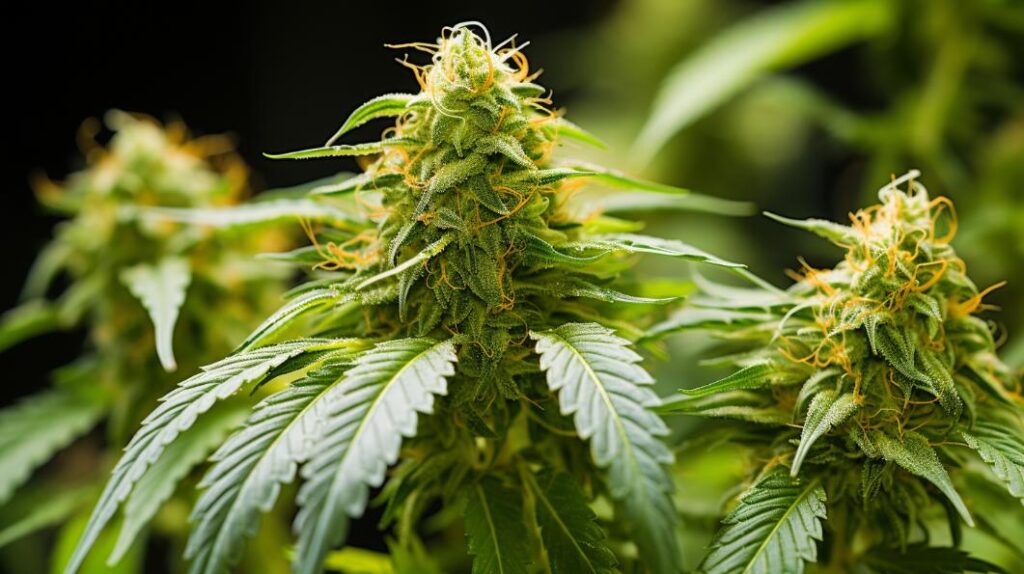
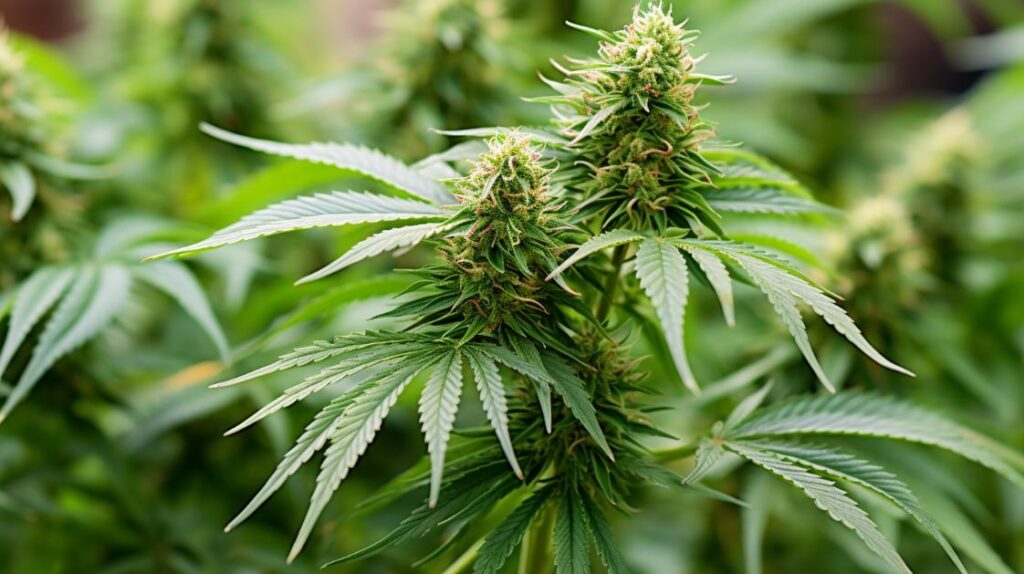
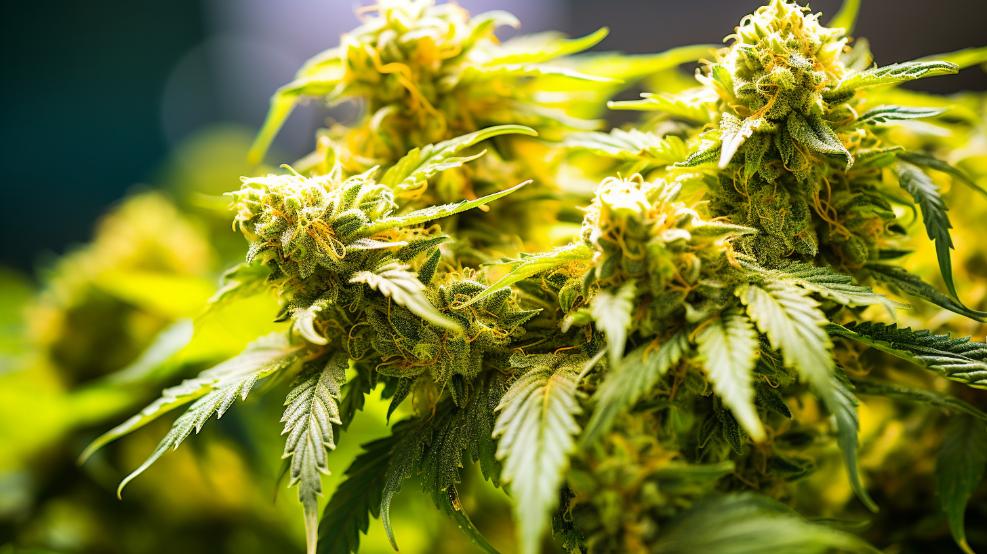
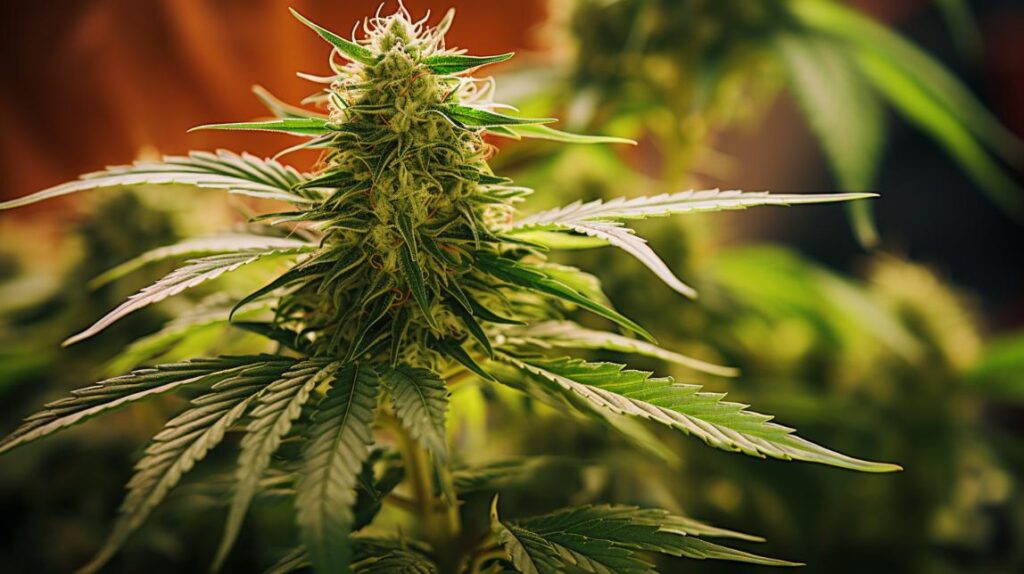
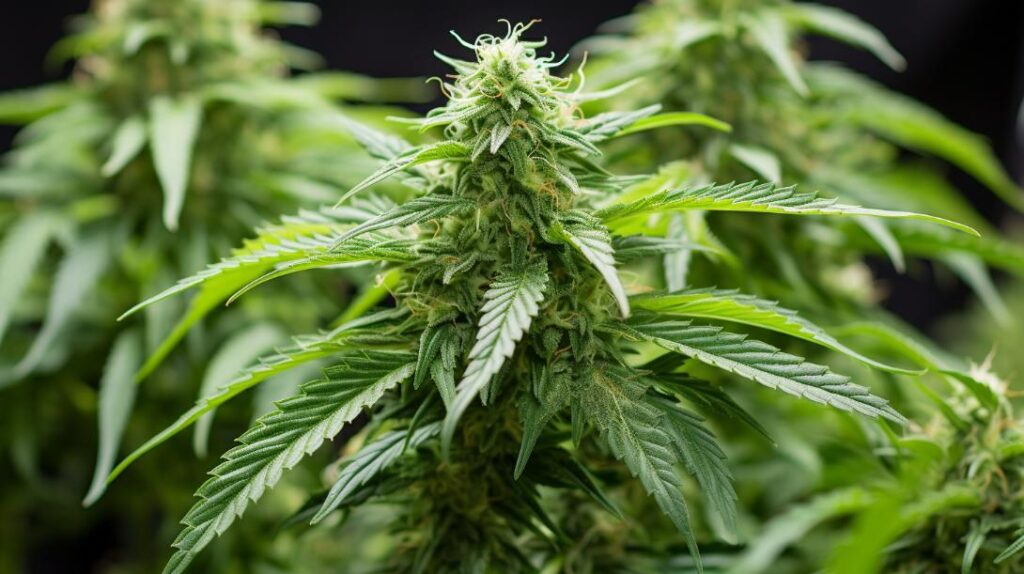

Responses